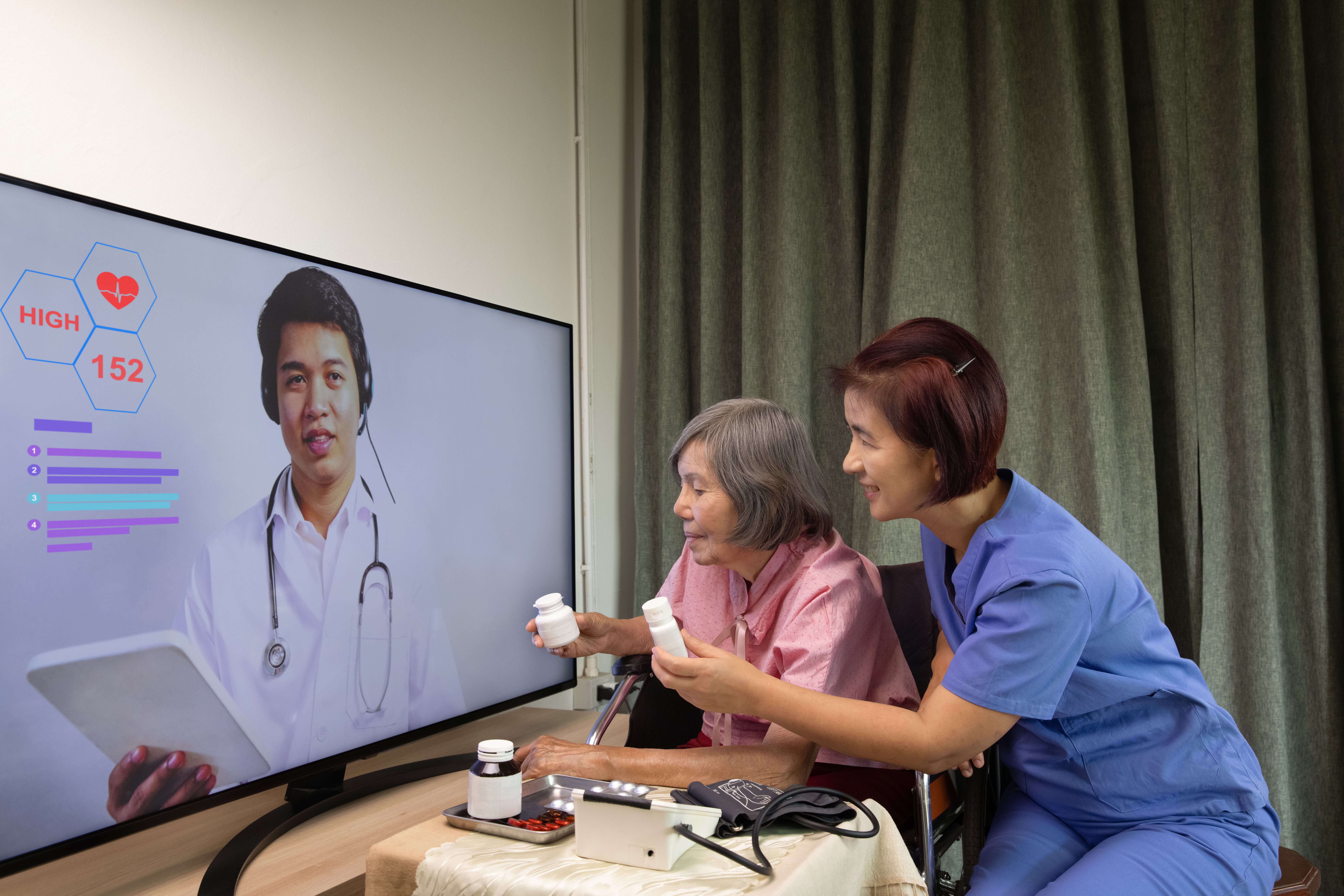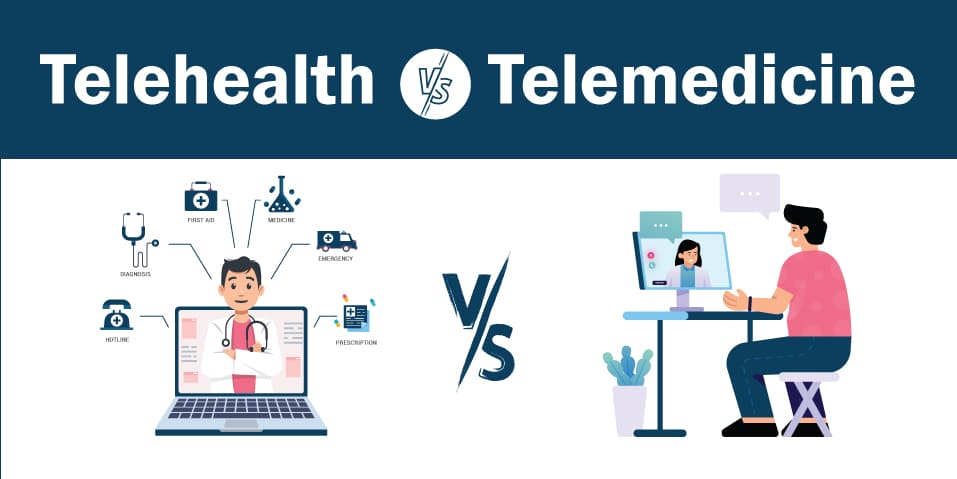
In recent years, the healthcare landscape has fundamentally transformed with the emergence of telemedicine and telehealth. These revolutionary concepts are reshaping the delivery of healthcare services, breaking down geographical barriers, and enhancing convenience. In this comprehensive guide, we will delve into the definitions, benefits, and challenges of telemedicine and telehealth while elucidating their crucial roles in the future of the healthcare industry.
Telemedicine and telehealth are often used interchangeably, but they encompass different aspects of delivering healthcare services. Telemedicine refers to providing clinical services remotely using communication technology. This includes consultations, diagnoses, and treatments, all conducted via virtual video calls or secure messaging platforms. On the other hand, telehealth is a broader concept, encompassing various types of remote health services, including non-clinical services such as health education and administrative tasks.

Telemedicine and telehealth offer opportunities for accessing healthcare services and represent a leap beyond geographical barriers. This opens up special access opportunities for people in remote or underserved areas in the healthcare industry. By eliminating geographical constraints, telemedicine creates a more equitable healthcare environment where medical expertise is not confined to specific regions. Patients can receive care from top experts without traveling to large medical centers.
Telemedicine brings convenience and significant time and cost savings for patients. The ability to conduct online consultations reduces the need for travel, eliminates waiting times, and reduces associated costs related to visiting traditional clinics. Patients save time on commuting, avoid travel expenses, and can be more proactive in managing their schedules.
Telehealth reduces location barriers and enhances patient interaction in the healthcare management process. Telehealth platforms often provide remote monitoring tools, allowing patients to track and report their health metrics. This helps doctors and healthcare professionals monitor patients' conditions more accurately and facilitates positive interaction, engagement, and health self-management.

Healthcare facilities can leverage their resources more efficiently by integrating telemedicine into their services. In emergencies and during pandemics, telemedicine plays a crucial role in relieving pressure on the healthcare system. In this way, healthcare resources can be focused on the most necessary cases, reducing the burden on healthcare centers and ensuring that everyone has access to healthcare efficiently.
The biggest challenge in implementing telemedicine is technological barriers, especially in underprivileged communities. Ensuring that people have the necessary devices and internet connectivity to use telehealth is an infrastructure issue and a matter of the digital divide. This requires governments and local healthcare organizations to invest in network infrastructure and provide solutions tailored to the technical needs of the community. Training on technology usage for healthcare staff and patients is also critical to minimize this barrier.
Sensitive healthcare information transmitted through digital channels raises many concerns about privacy and security. Protecting patient data from unauthorized access requires strong measures like data encryption and deploying secure platforms. This necessitates telehealth service providers continuously maintaining and enhancing information security while educating patients on online safety measures.
Telemedicine faces legal and regulatory challenges due to unique changes in the legal landscape of each region. Harmonizing regulations and ensuring compliance with healthcare laws is an ongoing challenge that needs to be addressed. This requires collaboration among stakeholders, including governments, healthcare organizations, and the technology industry. Policymakers and legislators need to formulate supportive policies while creating a flexible legal environment to promote telehealth's safe and efficient development.
In conclusion, telemedicine and telehealth represent a transformative shift in the healthcare paradigm, offering immense benefits regarding accessibility, efficiency, and patient engagement. However, overcoming technological, privacy, security, and regulatory challenges is essential to fully realize their potential in shaping the future of healthcare.
Ref:
- https://www.news-medical.net/health/What-is-Telemedicine.aspx
- https://telehealth.hhs.gov/patients/understanding-telehealth
Top